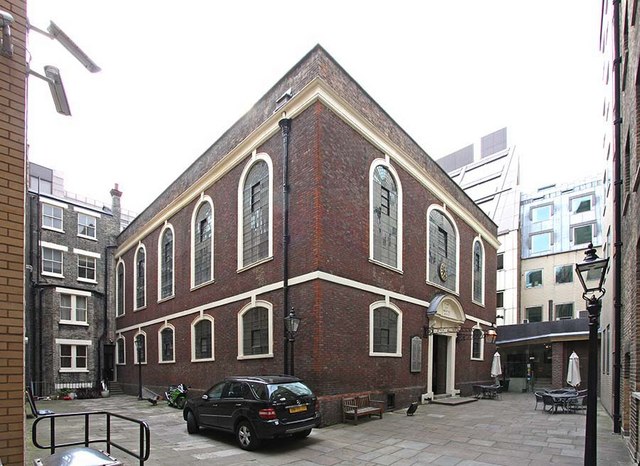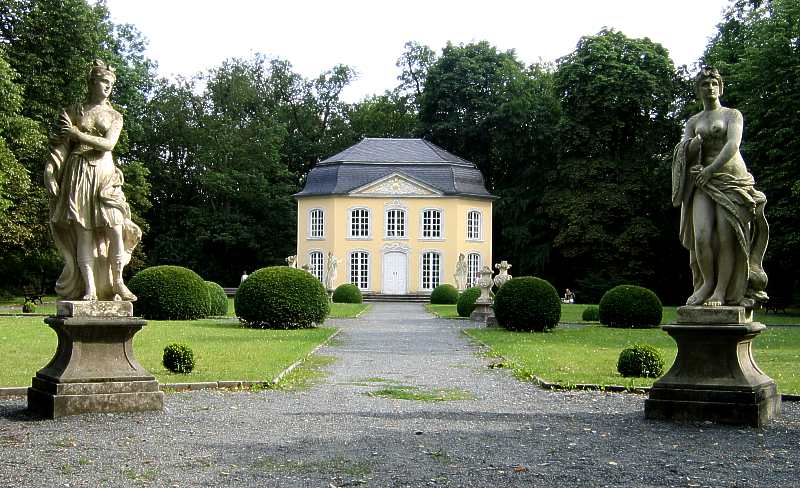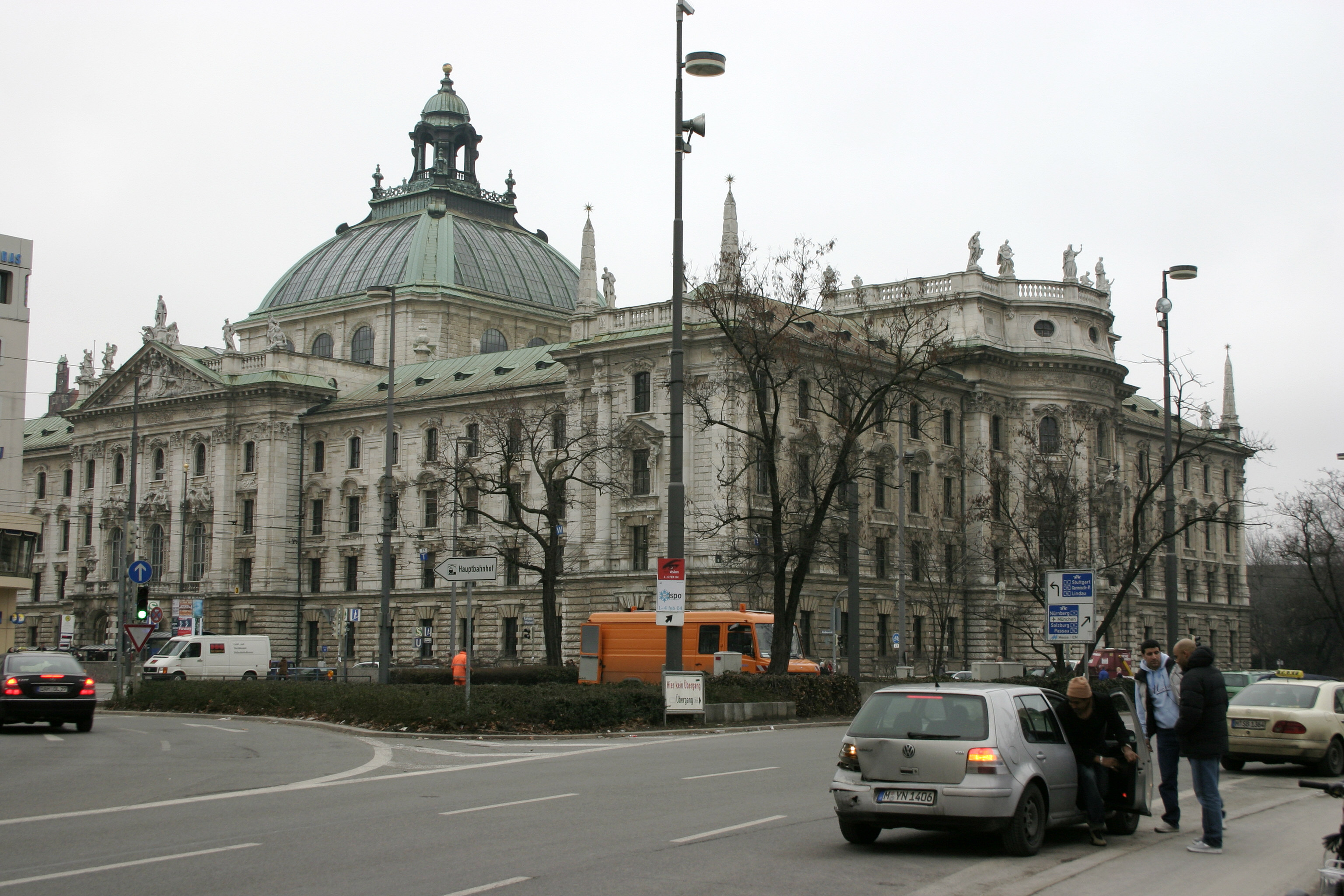|
Ohel Rachel Synagogue
The Ohel Rachel Synagogue ( Hebrew for "Tent of Rachel") is a Sephardi synagogue in Shanghai, China. Built by Sir Jacob Elias Sassoon in memory of his wife Rachel, it was completed in 1920 and consecrated in 1921. Ohel Rachel is the largest synagogue in the Far East, and one of the only two still standing in Shanghai. Repurposed first under the Japanese occupation during World War II and again following the Communist conquest of Shanghai in 1949, the synagogue has been a protected architectural landmark of the city since 1994. It was reopened for some Jewish holidays from 1999 and briefly held more regular Shabbat services as part of the 2010 Shanghai Expo. History Construction The Ohel Rachel Synagogue was constructed by Sirs Jacob Elias and Edward Elias Sassoon of the wealthy Sassoon family of Baghdadi-Jewish origin, who built many of Shanghai's historic structures. It replaced its predecessor, the Beth El Synagogue, which was established in 1887, and was d ... [...More Info...] [...Related Items...] OR: [Wikipedia] [Google] [Baidu] |
Judaism
Judaism ( he, ''Yahăḏūṯ'') is an Abrahamic, monotheistic, and ethnic religion comprising the collective religious, cultural, and legal tradition and civilization of the Jewish people. It has its roots as an organized religion in the Middle East during the Bronze Age. Modern Judaism evolved from Yahwism, the religion of ancient Israel and Judah, by the late 6th century BCE, and is thus considered to be one of the oldest monotheistic religions. Judaism is considered by religious Jews to be the expression of the covenant that God established with the Israelites, their ancestors. It encompasses a wide body of texts, practices, theological positions, and forms of organization. The Torah, as it is commonly understood by Jews, is part of the larger text known as the ''Tanakh''. The ''Tanakh'' is also known to secular scholars of religion as the Hebrew Bible, and to Christians as the "Old Testament". The Torah's supplemental oral tradition is represented by later tex ... [...More Info...] [...Related Items...] OR: [Wikipedia] [Google] [Baidu] |
Shabbat Service
Jewish prayer ( he, תְּפִלָּה, ; plural ; yi, תּפֿלה, tfile , plural ; Yinglish: davening from Yiddish 'pray') is the prayer recitation that forms part of the observance of Rabbinic Judaism. These prayers, often with instructions and commentary, are found in the ''Siddur'', the traditional Jewish prayer book. Prayer, as a "service of the heart", is in principle a Torah-based commandment. It is not time-dependent and is mandatory for both Jewish men and women. However, the rabbinic requirement to recite a specific prayer text does differentiate between men and women: Jewish men are obligated to recite three prayers each day within specific time ranges (''zmanim''), while, according to many approaches, women are only required to pray once or twice a day, and may not be required to recite a specific text. Traditionally, three prayer services are recited daily: * Morning prayer: ''Shacharit'' or ''Shaharit'' (, "of the dawn") * Afternoon prayer: ''Mincha'' ... [...More Info...] [...Related Items...] OR: [Wikipedia] [Google] [Baidu] |
Torah Ark
A Torah ark (also known as the ''Heikhal'', or the ''Aron Kodesh'') refers to an ornamental chamber in the synagogue that houses the Torah scrolls. History The ark, also known as the ''ark of law'', or in Hebrew the ''Aron Kodesh'' or ''aron ha-Kodesh'' ("holy ark") by Ashkenazi communities and as the ''Heikhal'' ("sanctuary") among Sefardi communities. ''Aron Kodesh'' comes from Hebrew אָרוֹן קׄדֶש ''ʼārōn qōdeš'' (i.e. A''ron Kodesh''), ''Holy Ark''. This name is a reference to the ''’ārōn haqqōdeš'', the Hebrew name for the Ark of the Covenant which was stored in the Holy of Holies in the inner sanctuary of both the ancient Tabernacle and the Temple in Jerusalem. Similarly, ''Hekhál'', also written ''hechal'', ''echal'' or ''heichal'' — and sometimes also ''Echal Kodesh'' (mainly among Balkan Sephardim) comes from Hebrew הֵיכָל ''hēkhāl'' (palace), was used in the same time period to refer to the inner sanctuary. The ''hekhal'' contained th ... [...More Info...] [...Related Items...] OR: [Wikipedia] [Google] [Baidu] |
London
London is the capital and List of urban areas in the United Kingdom, largest city of England and the United Kingdom, with a population of just under 9 million. It stands on the River Thames in south-east England at the head of a estuary down to the North Sea, and has been a major settlement for two millennia. The City of London, its ancient core and financial centre, was founded by the Roman Empire, Romans as ''Londinium'' and retains its medieval boundaries.See also: Independent city#National capitals, Independent city § National capitals The City of Westminster, to the west of the City of London, has for centuries hosted the national Government of the United Kingdom, government and Parliament of the United Kingdom, parliament. Since the 19th century, the name "London" has also referred to the metropolis around this core, historically split between the Counties of England, counties of Middlesex, Essex, Surrey, Kent, and Hertfordshire, which largely comprises Greater London ... [...More Info...] [...Related Items...] OR: [Wikipedia] [Google] [Baidu] |
Lauderdale Road Synagogue
The Lauderdale Road Spanish & Portuguese Synagogue is a synagogue in Maida Vale on Lauderdale Road in West London. It is the community hub of the S&P Sephardi Community also known as Qahal Qadosh Shaar Shamayim (Hebrew translation: The Holy Congregation of the Gate of Heaven) which is Britain's oldest Jewish community and largest of Sephardi origin which also operates Bevis Marks Synagogue and Holland Park Synagogue. History A Move Across London The history of Lauderdale Road synagogue is history of the move across London by the Sephardi community. Until the mid-nineteenth century there was only one Sephardi synagogue in London, Bevis Marks, in East London at the edge of the City of London. This is where the a poorer community of families originally from Spain and Portugal, many of them crypto-Jewish refugees from the Spanish and Portuguese inquisitions, had originally congregated in the eighteenth century. However, by the mid-nineteenth century this one synagogue meant tha ... [...More Info...] [...Related Items...] OR: [Wikipedia] [Google] [Baidu] |
Bevis Marks Synagogue
Bevis Marks Synagogue, officially Qahal Kadosh Sha'ar ha-Shamayim ( he, קָהָל קָדוֹשׁ שַׁעַר הַשָׁמַיִם, "Holy Congregation Gate of Heaven"), is the oldest synagogue in the United Kingdom in continuous use. It is located off Bevis Marks, Aldgate, in the City of London. The synagogue was built in 1701 and is affiliated to London's historic Spanish and Portuguese Jewish community. It is a Grade I listed building. It is the only synagogue in Europe which has held regular services continuously for more than 300 years. It is currently threatened by the development of large office buildings that would destroy its historic setting and block its natural light. History Construction The origins of the community date from an influx to London of crypto-Jews, or so called Marranos, from Spain and Portugal, mostly via the growing Sephardi Jewish community in Amsterdam, in the early seventeenth century. These Jews began practising their religion openly once it ... [...More Info...] [...Related Items...] OR: [Wikipedia] [Google] [Baidu] |
Anta (architecture)
An anta (pl. antæ, antae, or antas; Latin, possibly from ''ante'', "before" or "in front of"), or sometimes parastas (pl. parastades), is an architectural term describing the posts or pillars on either side of a doorway or entrance of a Greek temple – the slightly projecting piers which terminate the walls of the naos. It differs from the pilaster, which is purely decorative, and does not have the structural support function of the anta. Anta In contrast to columns or pillars, antae are directly connected with the walls of a temple. They owe their origin to the vertical posts of timber employed in the early, more primitive palaces or temples of Greece, as at Tiryns and in the Temple of Hera at Olympia. They were used as load-bearing structures to carry the roof timbers, as no reliance could be placed on walls built with unburnt brick or in rubble masonry with clay mortar. Later, they became more decorative as the materials used for wall construction became sufficient ... [...More Info...] [...Related Items...] OR: [Wikipedia] [Google] [Baidu] |
Rustication (architecture)
Two different styles of rustication in the Florence.html" ;"title="Palazzo Medici-Riccardi in Florence">Palazzo Medici-Riccardi in Florence; smooth-faced above and rough-faced below. Rustication is a range of masonry techniques used in classical architecture giving visible surfaces a finish texture that contrasts with smooth, squared-block masonry called ashlar. The visible face of each individual block is cut back around the edges to make its size and placing very clear. In addition the central part of the face of each block may be given a deliberately rough or patterned surface. Rusticated masonry is usually "dressed", or squared off neatly, on all sides of the stones except the face that will be visible when the stone is put in place. This is given wide joints that emphasize the edges of each block, by angling the edges ("channel-jointed"), or dropping them back a little. The main part of the exposed face may be worked flat and smooth or left with, or worked, to give a ... [...More Info...] [...Related Items...] OR: [Wikipedia] [Google] [Baidu] |
Pavilion
In architecture, ''pavilion'' has several meanings: * It may be a subsidiary building that is either positioned separately or as an attachment to a main building. Often it is associated with pleasure. In palaces and traditional mansions of Asia, there may be pavilions that are either freestanding or connected by covered walkways, as in the Forbidden City ( Chinese pavilions), Topkapi Palace in Istanbul, and in Mughal buildings like the Red Fort. * As part of a large palace, pavilions may be symmetrically placed building ''blocks'' that flank (appear to join) a main building block or the outer ends of wings extending from both sides of a central building block, the '' corps de logis''. Such configurations provide an emphatic visual termination to the composition of a large building, akin to bookends. The word is from French (Old French ) and it meant a small palace, from Latin (accusative of ). In Late Latin and Old French, it meant both ‘butterfly’ and ‘tent’, becaus ... [...More Info...] [...Related Items...] OR: [Wikipedia] [Google] [Baidu] |
Greek Revival Architecture
The Greek Revival was an architectural movement which began in the middle of the 18th century but which particularly flourished in the late 18th and early 19th centuries, predominantly in northern Europe and the United States and Canada, but also in Greece itself following independence in 1832. It revived many aspects of the forms and styles of ancient Greek architecture, in particular the Greek temple, with varying degrees of thoroughness and consistency. A product of Hellenism, it may be looked upon as the last phase in the development of Neoclassical architecture, which had for long mainly drawn from Roman architecture. The term was first used by Charles Robert Cockerell in a lecture he gave as Professor of Architecture to the Royal Academy of Arts, London in 1842. With a newfound access to Greece and Turkey, or initially to the books produced by the few who had visited the sites, archaeologist-architects of the period studied the Doric and Ionic orders. Despite its ... [...More Info...] [...Related Items...] OR: [Wikipedia] [Google] [Baidu] |
Baroque Revival Architecture
The Baroque Revival, also known as Neo-Baroque (or Second Empire architecture in France and Wilhelminism in Germany), was an architectural style of the late 19th century. The term is used to describe architecture and architectural sculptures which display important aspects of Baroque style, but are not of the original Baroque period. Elements of the Baroque architectural tradition were an essential part of the curriculum of the École des Beaux-Arts in Paris, the pre-eminent school of architecture in the second half of the 19th century, and are integral to the Beaux-Arts architecture it engendered both in France and abroad. An ebullient sense of European imperialism encouraged an official architecture to reflect it in Britain and France, and in Germany and Italy the Baroque Revival expressed pride in the new power of the unified state. Notable examples * Akasaka Palace (1899–1909), Tokyo, Japan * Alferaki Palace (1848), Taganrog, Russia * Ashton Memorial (1907 ... [...More Info...] [...Related Items...] OR: [Wikipedia] [Google] [Baidu] |
Shanghai International Settlement
The Shanghai International Settlement () originated from the merger in the year 1863 of the British and American enclaves in Shanghai, in which British subjects and American citizens would enjoy extraterritoriality and consular jurisdiction under the terms of treaties agreed by both parties. These treaties were abrogated in 1943. The British settlements were established following the victory of the British in the First Opium War (18391842). Under the terms of the Treaty of Nanking, the five treaty ports including Shanghai were opened to foreign merchants, overturning the monopoly then held by the southern port of Canton (Guangzhou) under the Canton System. The British also established a base on Hong Kong. American and French involvement followed closely on the heels of the British and their enclaves were established north and south, respectively, of the British area. Unlike the colonies of Hong Kong and Macau, where the United Kingdom and Portugal enjoyed full sove ... [...More Info...] [...Related Items...] OR: [Wikipedia] [Google] [Baidu] |


.jpg)





